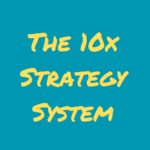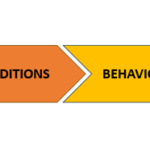Have you ever met an ambitious business executive who didn't want to be successful? I haven't.The desire for success drives entrepreneurs and ambitious executives alike. Seizing opportunities, innovating, staying ahead of the competition, and other such actions are undeniably important. But there is another crucial, yet often overlooked, …
The Art of Saying No: Why Good Strategy Requires Tough ChoicesRead More









